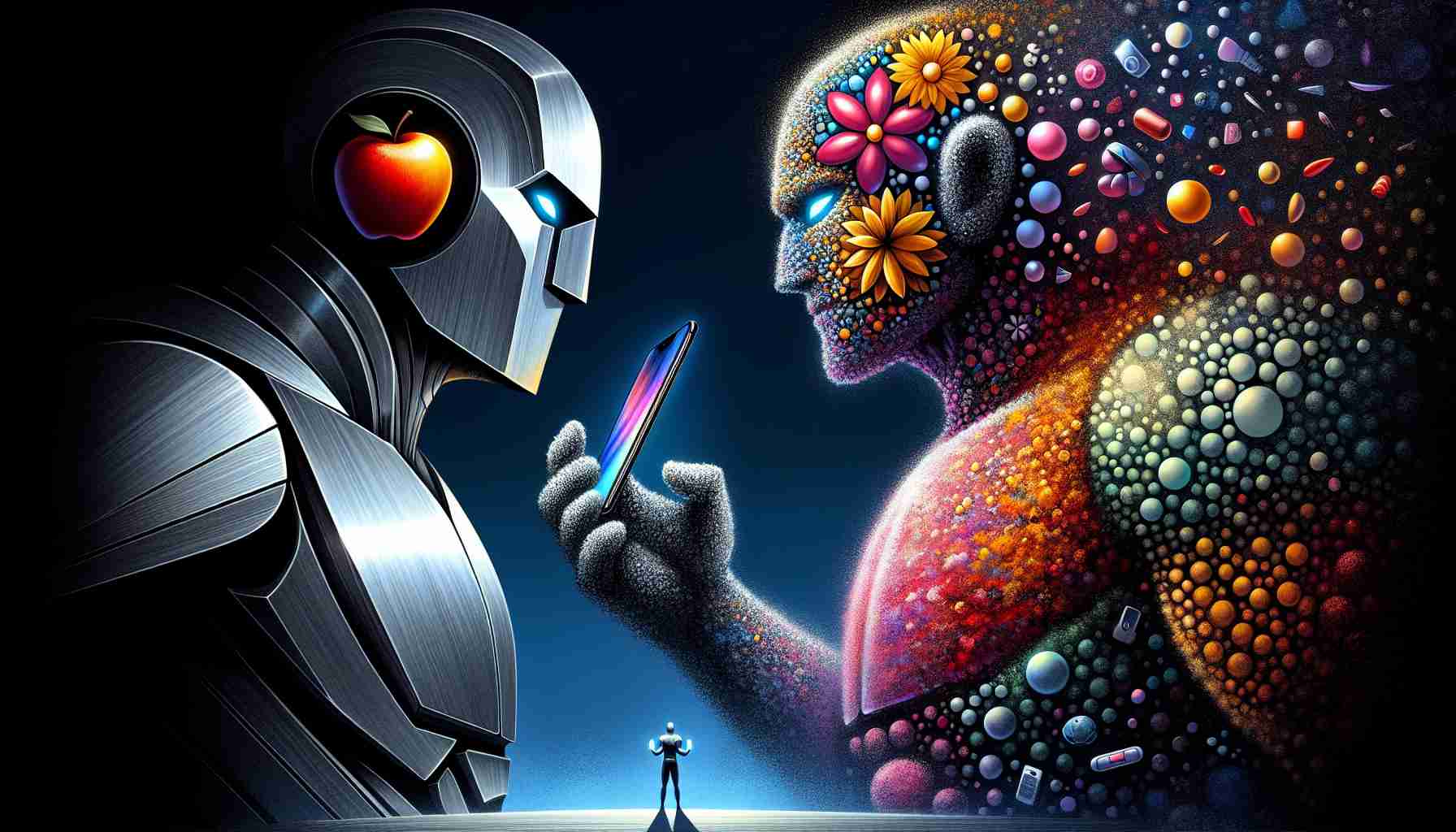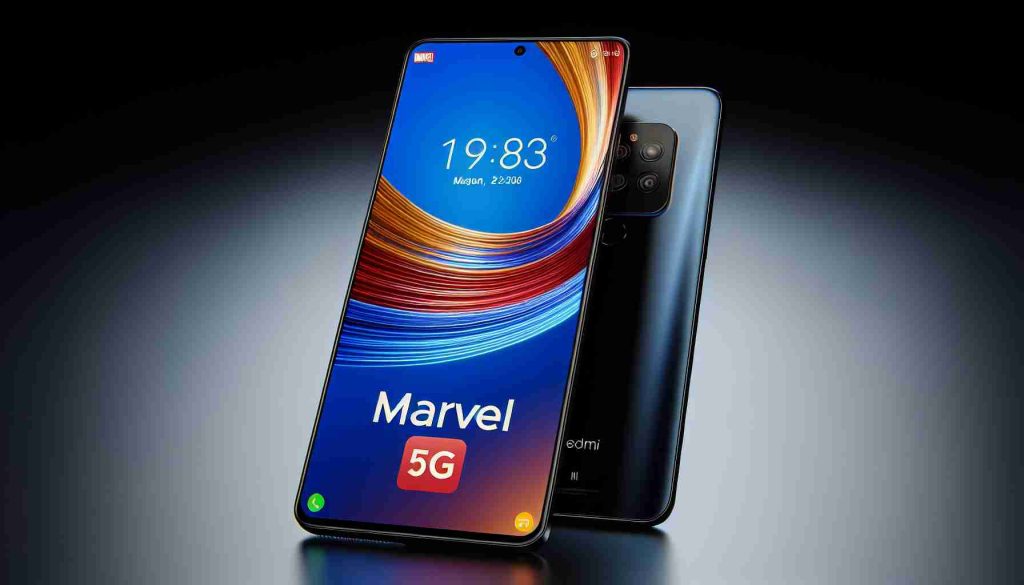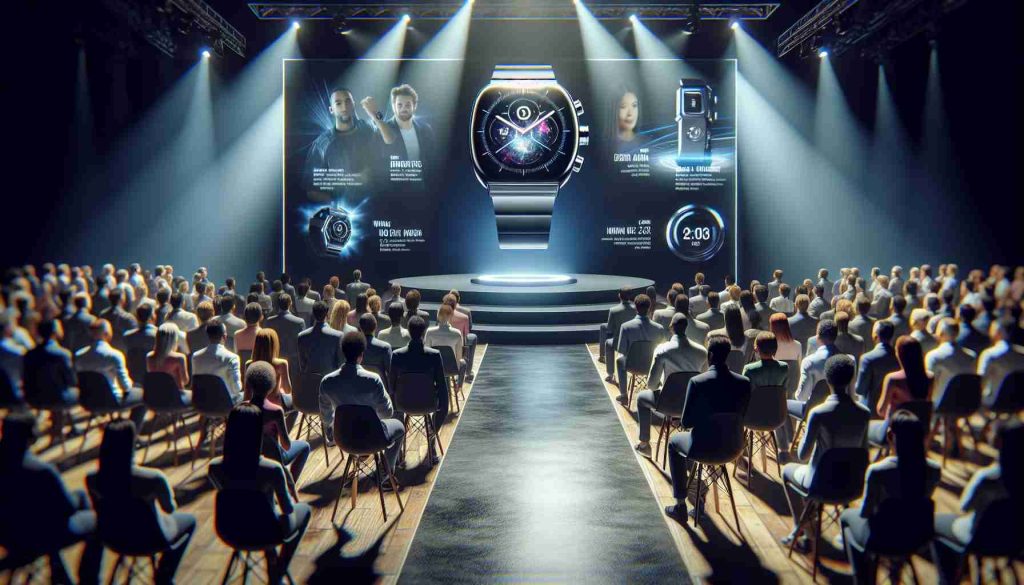On September 20, the highly anticipated iPhone 16 series officially hit the shelves, attracting crowds of eager customers. Upon arrival at the Apple Store on Nanjing East Road in Shanghai, long lines of individuals ready to pick up their pre-ordered devices were evident inside the store. Customers gathered outside various locations, waiting to claim their latest Apple phone. Amid these launches, many expressed mixed feelings about the updates, noting that enhancements were not revolutionary and that certain AI features would not be available at launch.
In a bold move, Huawei released its Mate XT, an innovative foldable smartphone featuring triple folding capabilities, starting at a premium price of 19,999 yuan. This device attracted over 6.85 million reservations, offering convenience without requiring pre-payments. Huawei’s marketing strategy in the high-end smartphone segment presented consumers with a daunting choice, raising questions about the feasibility of a smartphone priced upwards of 20,000 yuan.
Focusing on their respective strengths, both Apple and Huawei are well-positioned in the competitive high-end market. While Apple thrives on brand loyalty and a strong user base, Huawei is looking to leverage its technical advancements to gain an edge. Consumers who managed to acquire the Mate XT showcased their enthusiasm, with some enthusiasts stating they were willing to invest heavily in cutting-edge technology. As both brands battle for high-end market share, the true impact of these new releases remains to be seen.
Tech Titans Clash: Apple and Huawei Release Competing Flagships
As the tech world buzzes with excitement, Apple and Huawei have launched their latest flagship devices in a head-to-head battle for supremacy in the high-end smartphone market. The recent unveiling of the iPhone 16 series and Huawei’s Mate XT has ignited discussions not only about technology but also about the underlying challenges and consumer preferences that shape this fierce rivalry.
What are the key features of the new devices?
The iPhone 16 series introduces advanced camera technologies, improved battery life, and a new chipset that enhances performance and efficiency. Meanwhile, Huawei’s Mate XT showcases its state-of-the-art folding design, enhanced multitasking capabilities, and a cutting-edge camera system designed for high-resolution photography.
What questions arise from this competition?
1. Are consumers willing to pay a premium for innovation?
– The answer is nuanced. While many tech enthusiasts are excited about the features, the high price point of Huawei’s Mate XT raises concerns about whether average consumers can justify such an investment.
2. How will geopolitical tensions affect sales?
– Huawei continues to face obstacles due to trade restrictions, which complicate its supply chains. Apple’s established relationships with key providers may allow it to navigate market conditions more smoothly.
3. What are the marketing strategies of both companies?
– Apple capitalizes on its brand loyalty and ecosystem integration, while Huawei highlights innovative technology and value for money. Both companies are adapting their strategies to appeal to a tech-savvy audience looking for next-generation features.
Key challenges and controversies
One of the most significant challenges for both companies is the ongoing scrutiny of privacy and data security. Consumers are increasingly concerned about how their data is handled, especially with Huawei being closely monitored by western governments. Conversely, Apple’s commitment to privacy is a marketing asset, but recent reports about data breaches have raised doubts.
Another notable controversy is the competitive tactics employed by each brand. Some analysts argue that Huawei’s aggressive pricing strategy may lead to unsustainable practices in the industry, potentially undermining overall profit margins for high-end smartphones.
Advantages and Disadvantages
Apple:
– Advantages: Strong brand recognition, seamless integration within its ecosystem, and a loyal customer base.
– Disadvantages: High price sensitivity among potential customers, and recent product updates viewed as incremental rather than groundbreaking.
Huawei:
– Advantages: Innovative technology, aggressive pricing strategy, and strong customer interest in foldable devices.
– Disadvantages: Ongoing geopolitical challenges, potential brand perception issues in key markets, and reduced access to certain technologies due to trade restrictions.
As both tech titans vie for market dominance, the outcome of their rivalry will not only reshape consumer preferences but will also influence the future direction of smartphone technology. The strong reservation numbers for Huawei’s Mate XT, alongside the enthusiastic response to the iPhone 16 launch, suggest a vibrant, albeit competitive, landscape.
For more insights on technology and mobile innovation, visit TechRadar and The Verge.
























